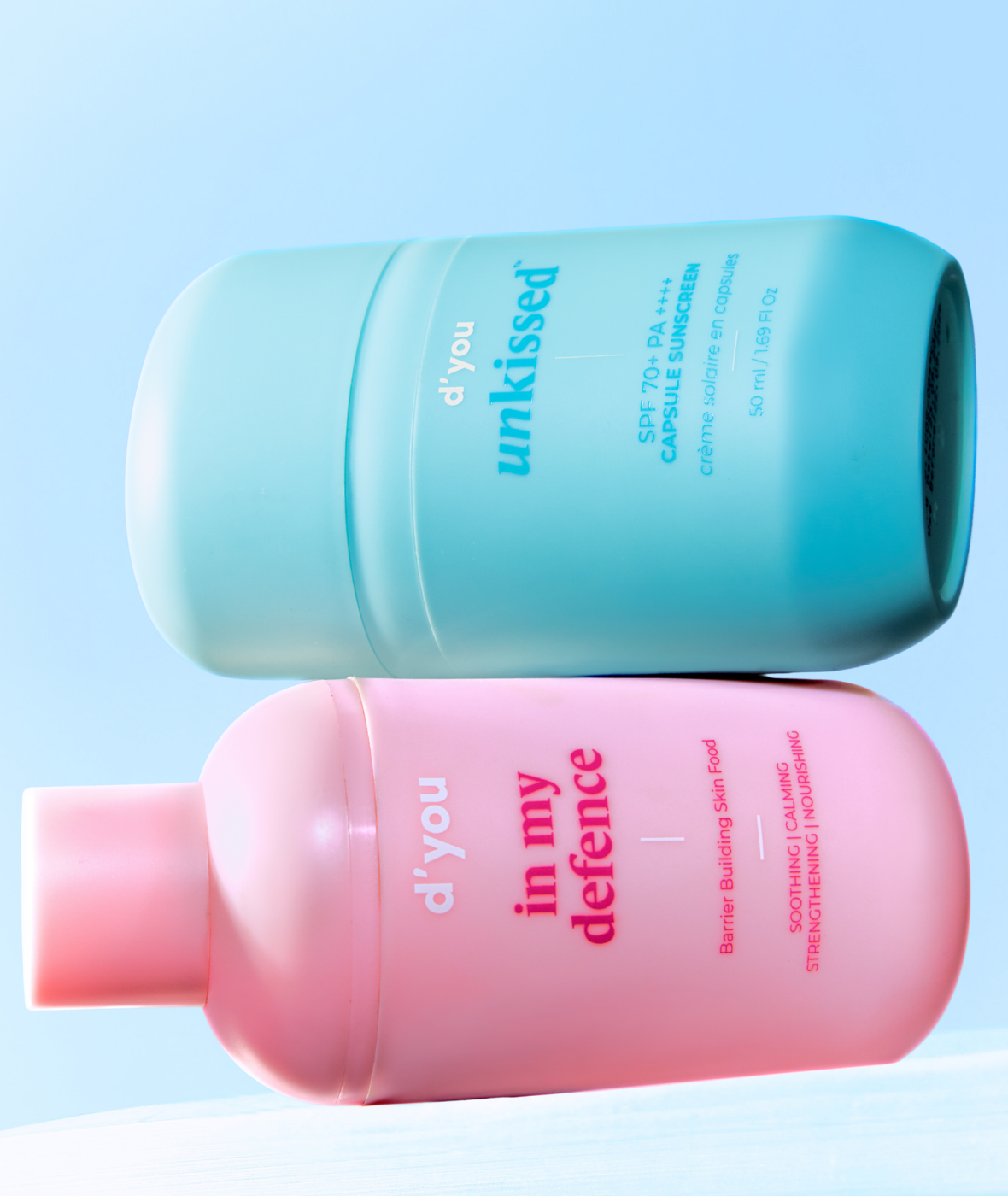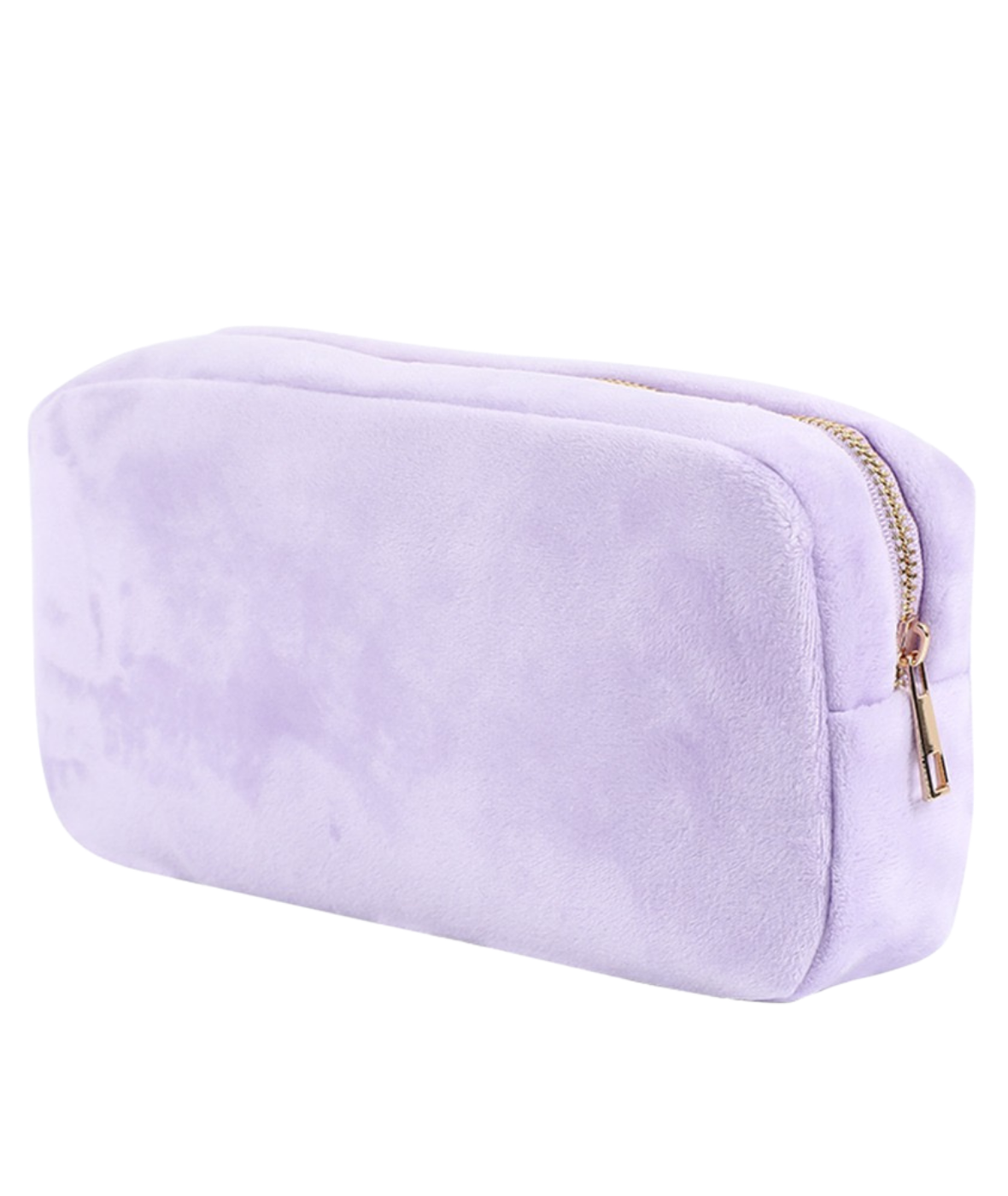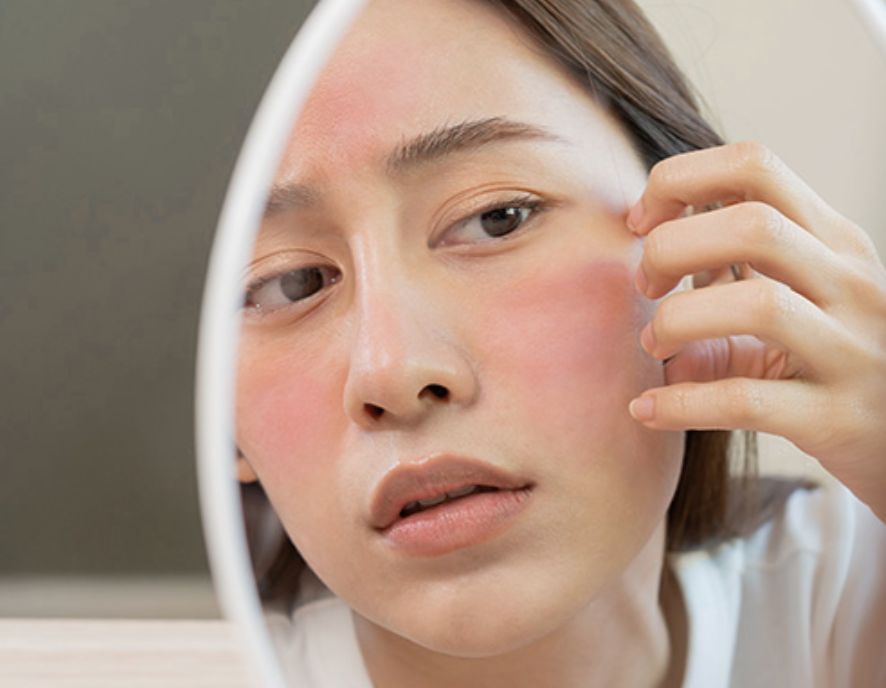
Ceramides is such a hot word in the beauty industry but is it really an essential for your skin health or is it just another marketing gimmick? Let’s decode this!
What are ceramides?
Ceramides are naturally occurring lipids or fats found in skin cells. They make up 30-50% of the epidermis - the outermost layer of our skin also called the Stratum Corneum.
Ceramides can be categorised as two types - hydrophilic and hydrophobic. Hydrophilic ceramides hydrate and lock in moisture under the skin, while hydrophobic ceramides create an occlusive layer to prevent water loss, and together, they effectively hydrate and repair the skin.
What happens when your skin loses ceramides?
With age the ability of the skin to produce ceramides can decrease, similar to decreased collagen and elastin production. Environmental factors like low humidity, cold temperatures and chemical irritants can also impact the skin’s ability to create ceramides.
This depletion can lead to a compromised skin barrier, which is like an open door for water and nutrients to exit the skin and allow irritants like dust, pollutants, bad bacteria and allergens to enter the skin. This can make the skin more sensitive, itchy, reactive, dry or cracked. A severe case of compromised skin barrier leads to conditions like eczema.
How do topical ceramides benefit the skin?
Hydration
By forming a protective barrier, ceramides retain water content in the skin, effectively preventing transepidermal water loss. This reinforces the skin’s natural barrier and gives it a plump appearance.
Texture & barrier strength
Applying ceramides topically supports the skin's natural production of ceramides, thereby maintaining a strong barrier, which improves the texture and feel of the skin.
Soothing & Repairing
Ceramides have anti-inflammatory properties that help soothe and repair sensitive and irritated skin. Thus, adding ceramides topically rebalances the skin’s biome and brings it back to normal.
How to incorporate ceramides in your skincare routine
- Pick a consistency that you like as you’ll be more likely to use it every day. Choose between breathable, lightweight formulations or richer ones based on your skin's needs.
- Look for products that include beneficial ingredients such as Centella Asiatica, glycerin, and panthenol, which act as humectants and enhance the skin’s moisture retention.
- Ensure it is occlusive enough to form a protective barrier on your skin and prevent transepidermal water loss.
- Lipids can break down easily, so it's important that the product's packaging protects it from light and air to maintain its effectiveness. Look out for a product with an opaque bottle and airtight packaging to ensure the product’s longevity.
The takeaway
Ceramides contribute to maintaining healthy, resilient, and hydrated skin. No matter how much you moisturise, if your skin barrier is compromised, the moisture won't stay locked in. Ceramides support the skin’s barrier function, which is fundamental to overall skin health.
What can I use?
in my defence is a rich and nourishing moisturiser that suits all skin types. Its patented technology allows the formula to maintain an extremely lightweight texture despite being enriched with 20X more ceramides than industry standard. Infused with skin healing and soothing properties, it promises to restore and strengthen your skin barrier over time!




























